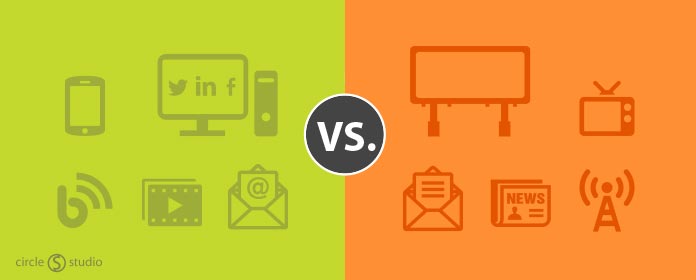If you haven’t heard about native advertising, you should take notice. Hotly contested by some and praised by others, this developing media strategy is on the rise and showing promise of superseding traditional means of advertising.
What is native advertising?
Simply put by The Guardian, “native advertising is a sub-set of the catch-all content marketing, meaning the practice of using content to build trust and engagement with would-be customers.”
Further explained by content marketing expert, Joe Pulizzi, native advertising is a directly paid opportunity that is content based and delivered in-stream as to not disrupt the user experience. Native ads can be promoted tweets on Twitter, suggested posts on Facebook or full-page ads.
What’s the difference?
Traditional display ads are the boxes and banners we’re all used to seeing at the top of web pages. Native ads are an entirely different beast. With a design that matches the style of the page they’re featured on and strategy that places ads throughout editorial content, native ads create a subtler and less disruptive experience for users.
Not to be confused with sponsored content
Native advertising also shouldn’t be confused with sponsored content. An easy way to remember the difference is that if it’s promotional, it’s an ad and if it’s editorial, it’s sponsored content. While native advertising can have an educational component, its aim is to still convince rather than inform an audience. Native advertising uses a brand’s voice and motives to influence content. However, sponsored content (should be) un-biased and strictly editorial; it aims to elevate a brand by showcasing subject-matter expertise and thought leadership.
The pros of native advertising
The nature of the content of native ads makes it more likely to go viral. Revealed in an IPG Media Lab study, native ads are more likely to be shared than banner ads—32% compared to 19%. The amount of time users view native ads is also the same as the attention they pay to editorial content.
Native ads have been shown to perform better on mobile than those of traditional design as well. This is because in order to make an effective native ad, it has to be relevant to the content in which it is featured—unlike traditional ads that are placed on screen and don’t necessarily match up with messaging.
The cons and unknowns
According to an Advertising Age article, native advertising has a long way to go to outspend traditional advertising. It also points out that this new means of advertising has multiple hurdles to overcome.
One point suggests that since this is a new strategy, media and consumer hype could be clouding the metrics. On top of that, the analytics being used to monitor native ads are not up-to-par with traditional advertising.
Other concerns revolve around the fact that audience targeting isn’t accurate enough and that consumers may feel tricked into reading ads and develop a negative mindset around brands.
Transparency is also a huge issue that is being discussed by many in the industry. In an episode of PNR: This Old Marketing, Joe Pulizzi and Robert Rose say, “Sponsored content is meaningless because every word in a publication is sponsored.” A target audience may in fact be reading the ads, but can feel tricked into reading them because of their streamlined nature and put off by ulterior motives.
The trends
Despite the controversy, “75% of publishers are running native ads” and that amount is only projected to rise. Shell, IBM, Oracle and Symantec are already implementing native advertising on Forbes and The New York Times websites. Business Insider data also projects that “spending on native ads will reach $7.9 billion this year and grow to $21 billion in 2018, rising from just $4.7 billion in 2013.”
While the industry is at odds with one another about the efficacy of native versus traditional, we will just have to wait and see how it pans out in the coming year.
This article was syndicated from Business 2 Community: Native Advertising vs Traditional Advertising: The New Frontier
More Digital & Social articles from Business 2 Community:
- Google to Start Penalizing Non-Mobile Sites
- Top 10 Benefits of Digital Marketing for Small Business (Infographic)
- Why Using Websites, Blogs and Email Newsletters is Always More Effective than Social Media Sites
- How To Create Social Media Promotions That Work
- 5 Fundamental Marketing Steps to Build An Effective Online Marketing Strategy





